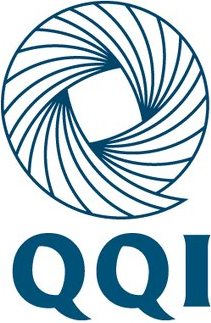Course Summary
Course Category: PLC (Further Education - FET) Apply directly to College
This is a one year course which introduces students to the basic principles of design through the craft of jewellery making. All modules on the course will link together. Students will use drawing as a source for their designs. These designs will be developed further to suit the materials and techniques applied to create finished pieces. Students will be introduced to working with a range of materials including Wood, Brass, Copper, Aluminium and Silver. Techniques such as piercing, filing, soldering and polishing will also be covered. Combined Materials and Wood Turning is a core part of this course with students learning a wide range of wood craft skills that link in with their designs.
Course Details
What will you study?
Progression to CAO Courses
Higher Education Links Scheme (HELS)
This course leads to a QQI Major Award, and provides progression opportunities to a number of Higher Education courses, including those in the CAO.
To view CAO courses to which any Major Award (including this one) provides a possible Progression route, click below:
| CAO with Any QQI Major Award |
| Old FETAC Code | New QQI Code |
| ACXXX | 5M1981 |
To calculate Points based on your QQI award results, use the PLC Points Calculator.
The Student - Career Interests
This course is typically suited for people with the following Career Interests:
Creative
Creative people are drawn to careers and activities that enable them to take responsibility for the design, layout or sensory impact of something (visual, auditory etc). They may be atrracted to the traditional artistic pursuits such as painting, sculpture, singing, or music. Or they may show more interest in design activities, such as architecture, animation, or craft areas, such as pottery and ceramics.
Creative people use their personal understanding of people and the world they live in to guide their work. Creative people like to work in unstructured workplaces, enjoy taking risks and prefer a minimum of routine.
Realist
Realists are usually interested in 'things' - such as buildings, mechanics, equipment, tools, electronics etc. Their primary focus is dealing with these - as in building, fixing, operating or designing them. Involvement in these areas leads to high manual skills, or a fine aptitude for practical design - as found in the various forms of engineering.
Realists like to find practical solutions to problems using tools, technology and skilled work. Realists usually prefer to be active in their work environment, often do most of their work alone, and enjoy taking decisive action with a minimum amount of discussion and paperwork.
Further Research
National Statistics for this Award (All Ireland)
The following data provides general information about this Award from colleges across Ireland.
Disclaimer: These links are to web sites outside of CareersPortal and we accept no responsibility for the information on them.
College Profile


